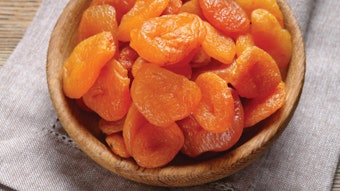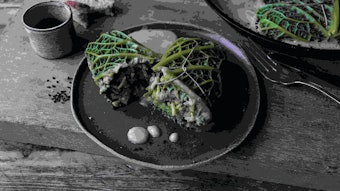During the past few years, several reviews have been published on specific aspects of vanilla research and in particular on chemical changes that happen during the traditional curing process. This labor- and time-intensive process is of utmost importance in determining the ultimate sensory quality of the cured beans. The final product of this process is the cured, dry bean that has not only become shelf-stable but has also developed the familiar vanilla flavor, the latter having been formed as a result of very many chemical and enzymatic reactions that occur concurrently during the curing process.
Every vanilla-growing country has developed its own specific curing process, but all of these generally consist of four main steps, namely killing/blanching, sweating, drying and conditioning. Killing is very often achieved by submerging the freshly picked green beans in hot water for a short time (e.g. 55–60°C for about 3 min) during which the vegetative phase is stopped.
In the sweating step, the hot beans are kept wrapped in blankets, thus maintaining a temperature of about 45–50°C for one or two days. During this period endogenous enzymes are active and the beans develop their characteristic brown color.










